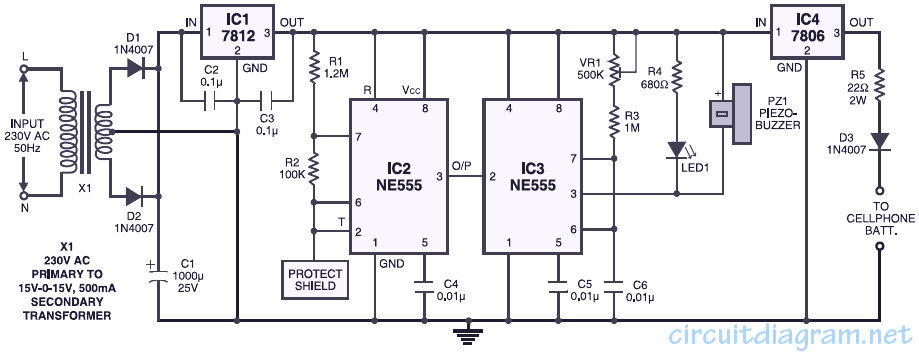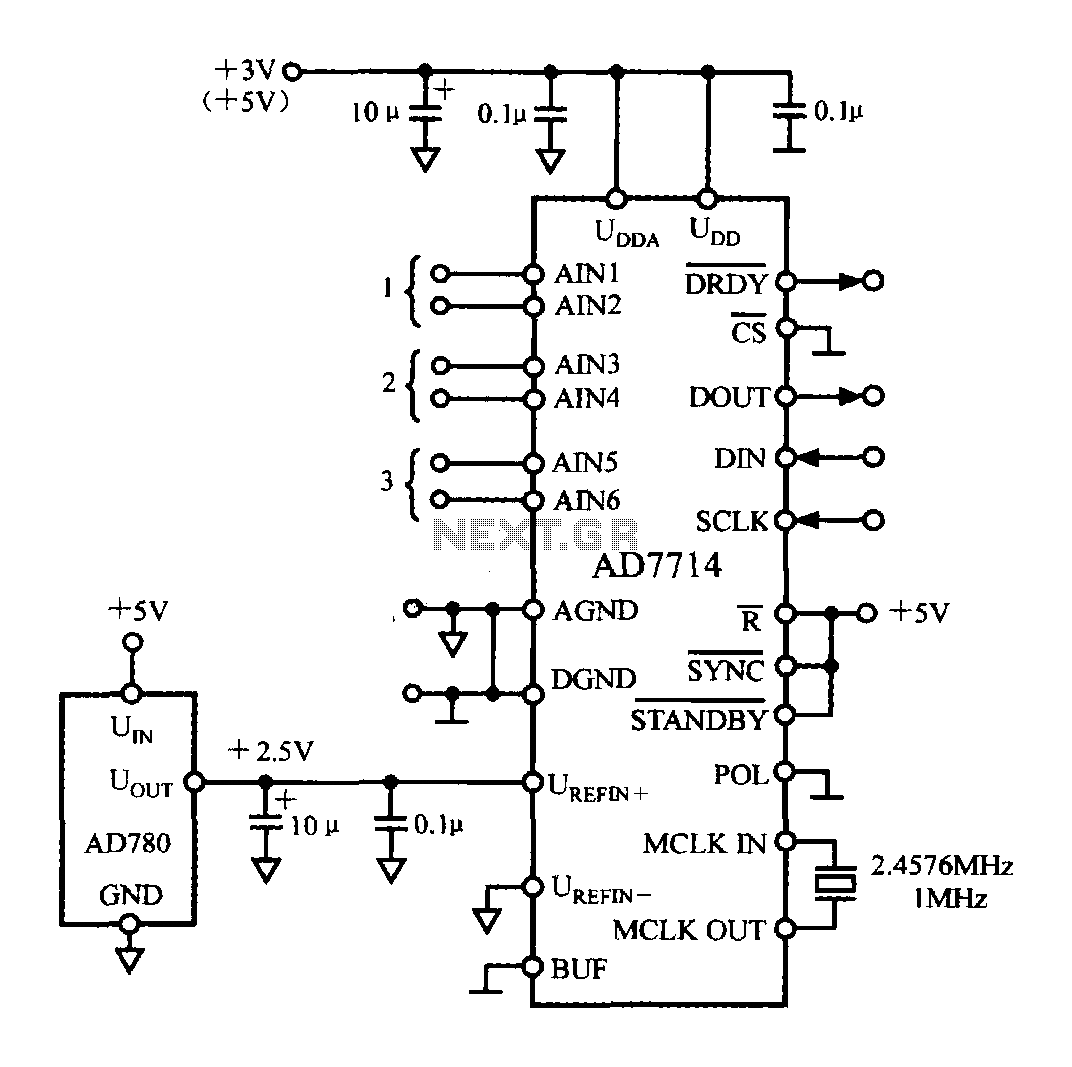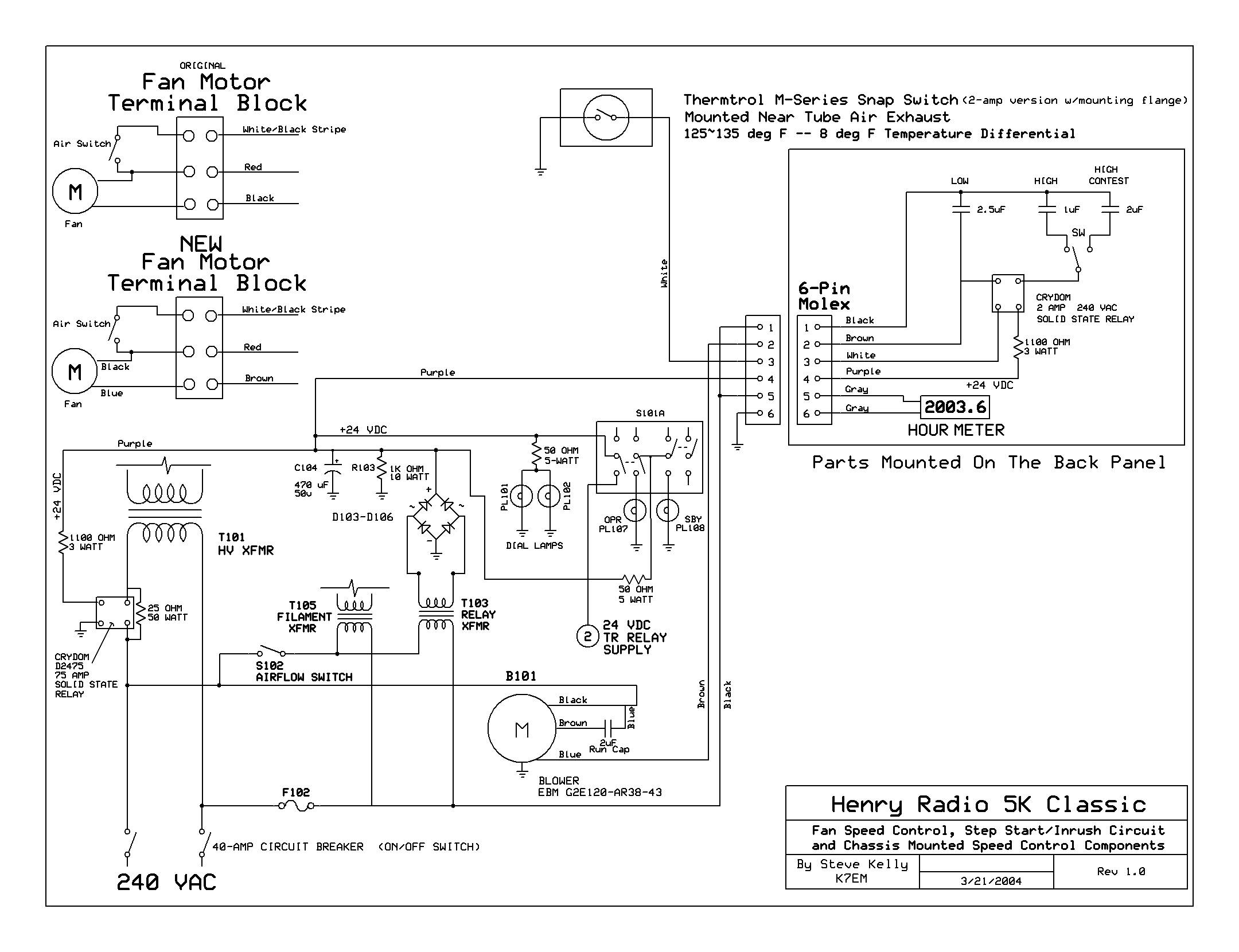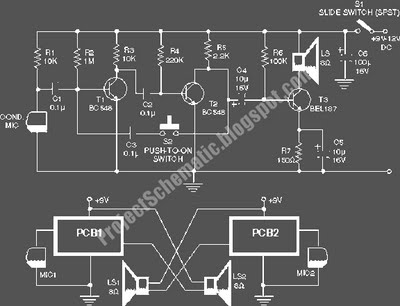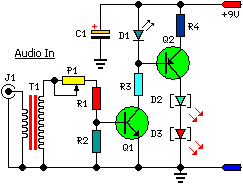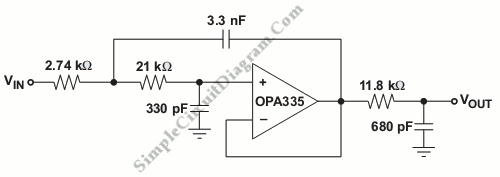
Low cost Ethernet shield with ENC28J60
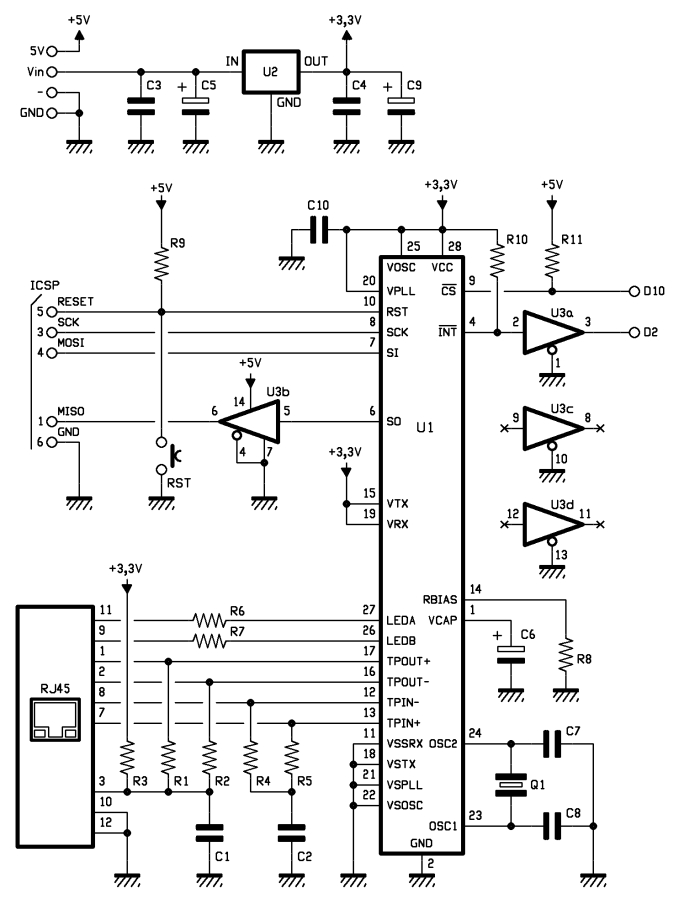
One of the most interesting shields that can be mounted on the Arduino platform is the Ethernet shield. It enables numerous networking applications such as remote control of systems and users, web access, and data publication. The ease of finding and integrating open-source libraries on the Arduino IDE enhances its usefulness. The demand for LAN connectivity has led to the introduction of various Ethernet shields in the market. The original Arduino Ethernet Shield, along with a quality shield from Seeed Studio, both utilize the WIZnet W5100 chipset, which allows multiple socket connections and operates at 100 Mbps. This Ethernet shield is cost-effective due to the use of traditional through-hole technology (THT) components, making it accessible for those without surface-mount device (SMD) assembly equipment, although the data rate is limited to 10 Mbps. An alternative shield is based on the Microchip ENC28J60 chip, which interfaces with Arduino and manages data conversion according to the Ethernet protocol. It includes a MAC controller, an 8 KB Transmit/Receive Packet Dual Port Buffer, and a circular FIFO for hardware-level management of data retransmission in case of collisions. The MAC controller supports Unicast, Multicast, and Broadcast packets, with a programmable 64-byte pattern and wake-up capability for various packet formats. The ENC28J60 is equipped with a standard RJ45 jack that features integrated LEDs, filters, line transformers, and a voltage level shifter for SPI communication with Arduino. The MISO pin serves as the output data from the slave device to Arduino, while the MOSI pin serves the opposite function. The SCK pin provides the clock for two-way communication on the SPI bus, and the RESET pin connects to a button for manual resetting of the Ethernet interface. The digital pins D10 and D2 on the Arduino are used for controlling CS (Chip Select) and reading INT, respectively. The U3B component adapts logic levels from 0/3.3 V to 0/5 V for compatibility with Arduino. The ENC28J60 operates at a clock frequency of 25 MHz, determined by a quartz crystal connected between pins 23 and 24. A capacitor connected to the VCAP pin filters the output voltage (2.5 V) of the internal controller and should preferably be of low ESR type. A resistor connected to RBIAS biases the LAN transceiver on the TPIN+/- and TPOUT+/- pins. Power for the shield is drawn from the Arduino's 5V and Vin pins; the 5V pin supplies stabilized voltage to components such as the 74HC125 and pull-up resistors for reset and Chip Select, while Vin powers the integrated regulator U2, which generates the 3.3 V required for the microcontroller and RJ45 jack circuits. The original library for this shield can be downloaded from the specified site, which also offers a higher number of application examples. An example sketch to build a web server is provided, demonstrating how to display elapsed time since the Arduino was powered on.
The Ethernet shield for Arduino offers a robust platform for developing networked applications. The WIZnet W5100 and Microchip ENC28J60 chipsets provide essential functionalities for managing network communications, including support for multiple socket connections and various packet types. The integration of a MAC controller within the ENC28J60 enhances its capability to handle data efficiently, ensuring reliable communication even in the presence of collisions.
The shield's design incorporates user-friendly features, such as the standard RJ45 jack with integrated indicators, which simplifies connectivity and troubleshooting. The SPI interface allows for straightforward communication with the Arduino, with dedicated pins for data transmission and control. The use of traditional through-hole components ensures that the shield remains accessible to a wider audience, including those who may not have access to specialized SMD assembly tools.
Power management is also a critical aspect of the shield's design. The dual power supply system, drawing from the Arduino's 5V and Vin lines, ensures that all components receive the necessary voltage levels for optimal operation. The inclusion of a voltage regulator allows for stable operation of the microcontroller and associated circuitry, which is essential for maintaining consistent performance in network applications.
The availability of open-source libraries further enhances the utility of the Ethernet shield, enabling developers to quickly implement networking features without needing to delve into the complexities of Ethernet protocol programming. The example sketch provided serves as a practical introduction to using the shield, illustrating how it can be employed to create a simple web server that displays real-time data.
Overall, the Ethernet shield represents a versatile and powerful addition to the Arduino ecosystem, facilitating the development of a wide range of networked applications, from simple data logging to complex remote control systems. Its combination of affordability, ease of use, and robust functionality makes it a valuable tool for engineers and hobbyists alike.One of the most interesting shield that you can mount on the Arduino platform is certainly the ethernet shield, because enable numerous networking applications such as remote control of systems and users, web access and publication of data, and more yet, the simplicity of finding and integrating open-source libraries on Arduino IDE does the rest. The usefulness of LAN connectivity has meant that the market would respond by offering different ethernet shield, first of all the original Arduino Ethernet Shield, which was accompanied by the good shield by Seeed Studio, both of these circuits are based on the chipset WIZnet W5100, allow multiple socket connections and can work at 100 Mbps This ethernet shield is low-cost thanks to components used: all traditional mounting (THT). This feature makes the circuit accessible to those who haven`t the equipment to assemble SMD components.
The data-rate is limited to 10 Mbps. The shield is based on a Microchip ENC28J60 chip that interfaces with Arduino and data conversion according to the ethernet protocol. It integrates the MAC controller, an 8 KB Transmit / Receive Packet Dual Port Buffer and a circular FIFO managed at the hardware level, allows the programming of data retransmission in case of collision.
The MAC controller supports both Unicast, Multicast and Broadcast packets, has a programmable 64-byte pattern within a margin allowed to the user and programmable wake-up on multiple packet formats (Magic Packet, Unicast, Multicast, Broadcast, specific packet match or any packet). In the circuit we see that over all`ENC28J60 there are a standard RJ45 jack with integrated LEDs, filters and line transformers, and a voltage level shifter for the SPI interface to communicate with the Arduino.
MISO is the output data of the slave device and the input of Arduino, while MOSI is the opposite; SCK is the clock that marks the two-way communication on the SPI bus and RESET the reset line, which is also connected to a button that allows you to reset the Ethernet interface, if necessary, manually. The digital D10 and D2 lines of Arduino are used, respectively, for the control of CS (Chip Select, active logic zero) and the reading of INT.
U3B is used to adapt the logic levels 0/3, 3 V to those of Arduino 0/5 V. The ENC28J60 operates with a clock of 25 MHz, defined by the quartz Q1 connected between the pins 23 and 24; the capacitor connected to pin VCAP filters the output voltage (2. 5 V) of the internal controller and should preferably be of the type low ESR (low series resistance parasite).
The resistor connected to RBIAS is used to bias the LAN transceiver that is part of the pin TPIN + / and TPOUT + / -. We conclude the analysis of the circuit diagram of the shield with the power that is drawn by Arduino 5V and Vin through the strip: the first provides the 5 volts continuous stabilized points of the circuit that require them (basically the 74HC125 and the resistance of pull Line-up reset and Chip Select) and the second give power to the integrated regulator U2, which creates the 3.
3 volts needed to power the microcontroller and circuits contained in the RJ45 jack. The original library from which we derived can be downloaded from the site ; from our site you can download the library itself but with a higher number of application examples. Here you will find a sketch example to build a Web Server, in particular, in the current web page you will see the hours: minutes: seconds elapsed from the ignition of Arduino.
// This is a demo of the RBBB running as webserver with the Ether Card // 2010-05-28 #include // ethernet interface mac address static byte mymac[] = { 0x74, 0x69, 0x69, 0x2D, 0x30, 0x31 }; // ethernet interface ip address static byte myip[] = { 192, 168, 0, 188 }; // gateway ip address static byte gwip[] = { 192, 168, 0, 1 }; byte Ethernet::buffer[500]; BufferFiller bfill; void setup () { if ( 🔗 External reference
The Ethernet shield for Arduino offers a robust platform for developing networked applications. The WIZnet W5100 and Microchip ENC28J60 chipsets provide essential functionalities for managing network communications, including support for multiple socket connections and various packet types. The integration of a MAC controller within the ENC28J60 enhances its capability to handle data efficiently, ensuring reliable communication even in the presence of collisions.
The shield's design incorporates user-friendly features, such as the standard RJ45 jack with integrated indicators, which simplifies connectivity and troubleshooting. The SPI interface allows for straightforward communication with the Arduino, with dedicated pins for data transmission and control. The use of traditional through-hole components ensures that the shield remains accessible to a wider audience, including those who may not have access to specialized SMD assembly tools.
Power management is also a critical aspect of the shield's design. The dual power supply system, drawing from the Arduino's 5V and Vin lines, ensures that all components receive the necessary voltage levels for optimal operation. The inclusion of a voltage regulator allows for stable operation of the microcontroller and associated circuitry, which is essential for maintaining consistent performance in network applications.
The availability of open-source libraries further enhances the utility of the Ethernet shield, enabling developers to quickly implement networking features without needing to delve into the complexities of Ethernet protocol programming. The example sketch provided serves as a practical introduction to using the shield, illustrating how it can be employed to create a simple web server that displays real-time data.
Overall, the Ethernet shield represents a versatile and powerful addition to the Arduino ecosystem, facilitating the development of a wide range of networked applications, from simple data logging to complex remote control systems. Its combination of affordability, ease of use, and robust functionality makes it a valuable tool for engineers and hobbyists alike.One of the most interesting shield that you can mount on the Arduino platform is certainly the ethernet shield, because enable numerous networking applications such as remote control of systems and users, web access and publication of data, and more yet, the simplicity of finding and integrating open-source libraries on Arduino IDE does the rest. The usefulness of LAN connectivity has meant that the market would respond by offering different ethernet shield, first of all the original Arduino Ethernet Shield, which was accompanied by the good shield by Seeed Studio, both of these circuits are based on the chipset WIZnet W5100, allow multiple socket connections and can work at 100 Mbps This ethernet shield is low-cost thanks to components used: all traditional mounting (THT). This feature makes the circuit accessible to those who haven`t the equipment to assemble SMD components.
The data-rate is limited to 10 Mbps. The shield is based on a Microchip ENC28J60 chip that interfaces with Arduino and data conversion according to the ethernet protocol. It integrates the MAC controller, an 8 KB Transmit / Receive Packet Dual Port Buffer and a circular FIFO managed at the hardware level, allows the programming of data retransmission in case of collision.
The MAC controller supports both Unicast, Multicast and Broadcast packets, has a programmable 64-byte pattern within a margin allowed to the user and programmable wake-up on multiple packet formats (Magic Packet, Unicast, Multicast, Broadcast, specific packet match or any packet). In the circuit we see that over all`ENC28J60 there are a standard RJ45 jack with integrated LEDs, filters and line transformers, and a voltage level shifter for the SPI interface to communicate with the Arduino.
MISO is the output data of the slave device and the input of Arduino, while MOSI is the opposite; SCK is the clock that marks the two-way communication on the SPI bus and RESET the reset line, which is also connected to a button that allows you to reset the Ethernet interface, if necessary, manually. The digital D10 and D2 lines of Arduino are used, respectively, for the control of CS (Chip Select, active logic zero) and the reading of INT.
U3B is used to adapt the logic levels 0/3, 3 V to those of Arduino 0/5 V. The ENC28J60 operates with a clock of 25 MHz, defined by the quartz Q1 connected between the pins 23 and 24; the capacitor connected to pin VCAP filters the output voltage (2. 5 V) of the internal controller and should preferably be of the type low ESR (low series resistance parasite).
The resistor connected to RBIAS is used to bias the LAN transceiver that is part of the pin TPIN + / and TPOUT + / -. We conclude the analysis of the circuit diagram of the shield with the power that is drawn by Arduino 5V and Vin through the strip: the first provides the 5 volts continuous stabilized points of the circuit that require them (basically the 74HC125 and the resistance of pull Line-up reset and Chip Select) and the second give power to the integrated regulator U2, which creates the 3.
3 volts needed to power the microcontroller and circuits contained in the RJ45 jack. The original library from which we derived can be downloaded from the site ; from our site you can download the library itself but with a higher number of application examples. Here you will find a sketch example to build a Web Server, in particular, in the current web page you will see the hours: minutes: seconds elapsed from the ignition of Arduino.
// This is a demo of the RBBB running as webserver with the Ether Card // 2010-05-28
